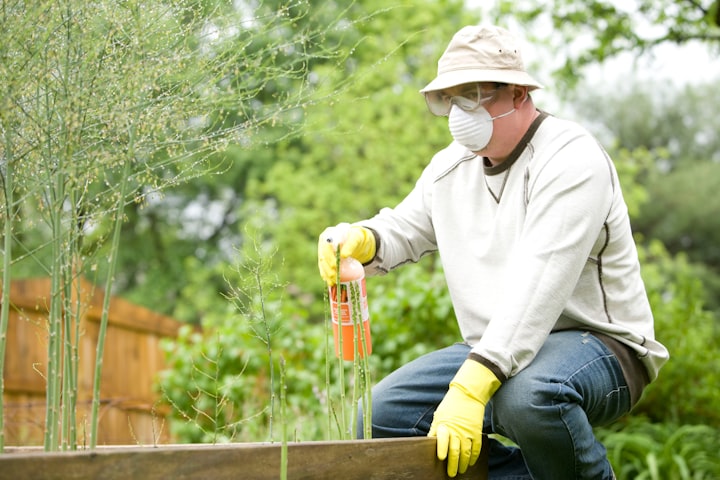The quality of the air in our homes is an important factor in our overall health and wellbeing. Poor air quality can lead to respiratory problems, allergies, and even more serious health issues. In this blog post, we will discuss the potential sources of indoor air pollution and some steps you can take to improve the air quality in your home.
Sources of Indoor Air Pollution
There are several sources of indoor air pollution that can contribute to poor air quality in your home. Some of the most common sources include:
Mold and Mildew - Moisture buildup in your home can lead to the growth of mold and mildew, which can release spores into the air.
Dust and Dust Mites - Dust and dust mites are common allergens that can accumulate in carpets, furniture, and bedding.
Pet Dander - Pet dander is made up of tiny particles of skin, hair, and saliva that can trigger allergies and asthma.
Tobacco Smoke - Secondhand smoke can be a significant source of indoor air pollution, leading to respiratory problems and other health issues.
Household Chemicals - Cleaning products, air fresheners, and other household chemicals can release volatile organic compounds (VOCs) into the air.
Radon - Radon is a naturally occurring gas that can enter your home through cracks in the foundation or walls.
Steps to Improve Indoor Air Quality
Improving the air quality in your home can be a simple process. Here are some steps you can take to reduce indoor air pollution:
Keep Your Home Clean - Regularly cleaning your home can help reduce dust, pet dander, and other allergens. Be sure to vacuum carpets and upholstery, dust surfaces, and wash bedding and curtains regularly.
Control Humidity - Keeping your home's humidity levels between 30 and 50 percent can help prevent the growth of mold and mildew. You can use a dehumidifier to remove excess moisture from the air.
Ventilate Your Home - Proper ventilation can help remove indoor air pollutants. Be sure to use exhaust fans in your kitchen and bathroom and open windows when weather permits.
Use Natural Cleaning Products - Using natural cleaning products can help reduce the release of VOCs into the air. You can make your own cleaning products using ingredients like vinegar, baking soda, and lemon juice.
Test for Radon - Testing your home for radon is a simple process. You can purchase a radon test kit from your local hardware store or hire a professional to test your home.
Quit Smoking - Quitting smoking is one of the best things you can do for your health and the health of those around you. If you smoke, try to quit or smoke outside to reduce secondhand smoke exposure.
Conclusion
Indoor air quality is an important factor in our overall health and wellbeing. Poor air quality can lead to respiratory problems, allergies, and other health issues. By taking steps to reduce indoor air pollution, you can create a healthier and more comfortable home environment. Remember to keep your home clean, control humidity, ventilate your home, use natural cleaning products, test for radon, and quit smoking if you smoke.
Indoor air pollution can be a significant problem for many people, especially those with respiratory issues, allergies, or other health concerns. It's important to be aware of the potential sources of indoor air pollution so that you can take steps to reduce your exposure.
One way to monitor indoor air quality is to use an air quality monitor. These devices can measure levels of particulate matter, volatile organic compounds, and other pollutants in the air. Some models can even send alerts to your phone if air quality levels become unsafe.
Another important step in improving indoor air quality is to regularly change your air filters. Air filters can trap dust, pollen, and other allergens, but if they become too dirty, they can actually make indoor air quality worse. Be sure to check your air filters regularly and replace them as needed.
If you have pets, it's important to keep them groomed and clean. Regular bathing and brushing can help reduce pet dander and hair in your home, which can be a significant source of indoor air pollution.
Finally, consider using indoor plants to help improve indoor air quality. Plants can absorb carbon dioxide and release oxygen, and some species can even help remove pollutants from the air. Some good options include spider plants, peace lilies, and bamboo palm.
In conclusion, improving indoor air quality can be a simple process, but it requires some effort and awareness. By taking steps to reduce indoor air pollution, you can create a healthier and more comfortable home environment for you and your family.
About the Creator
Arslan
Professional Blogger







Comments
There are no comments for this story
Be the first to respond and start the conversation.